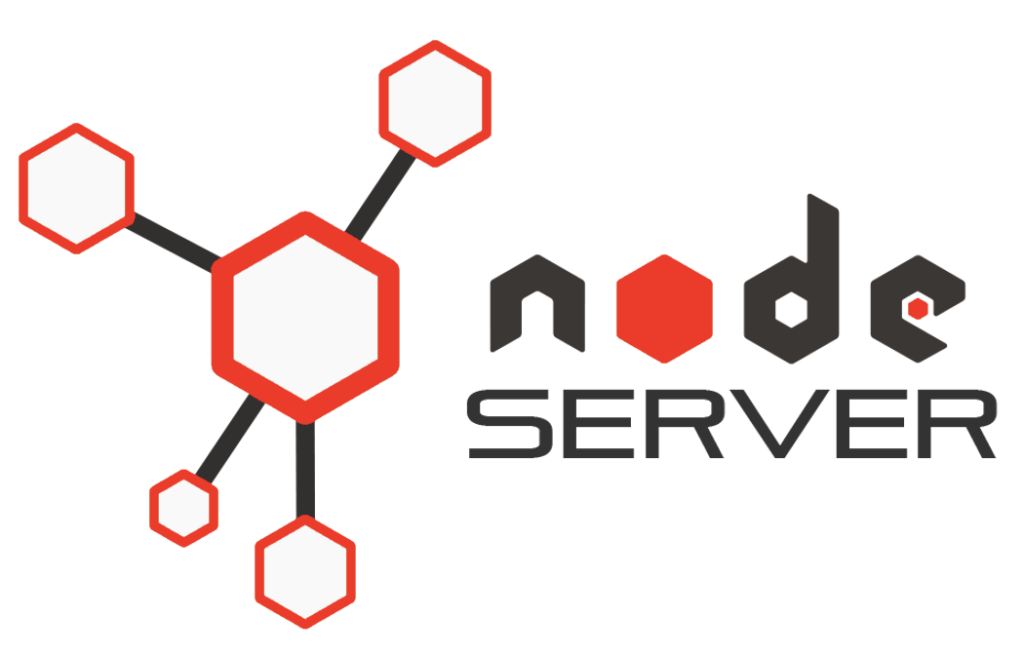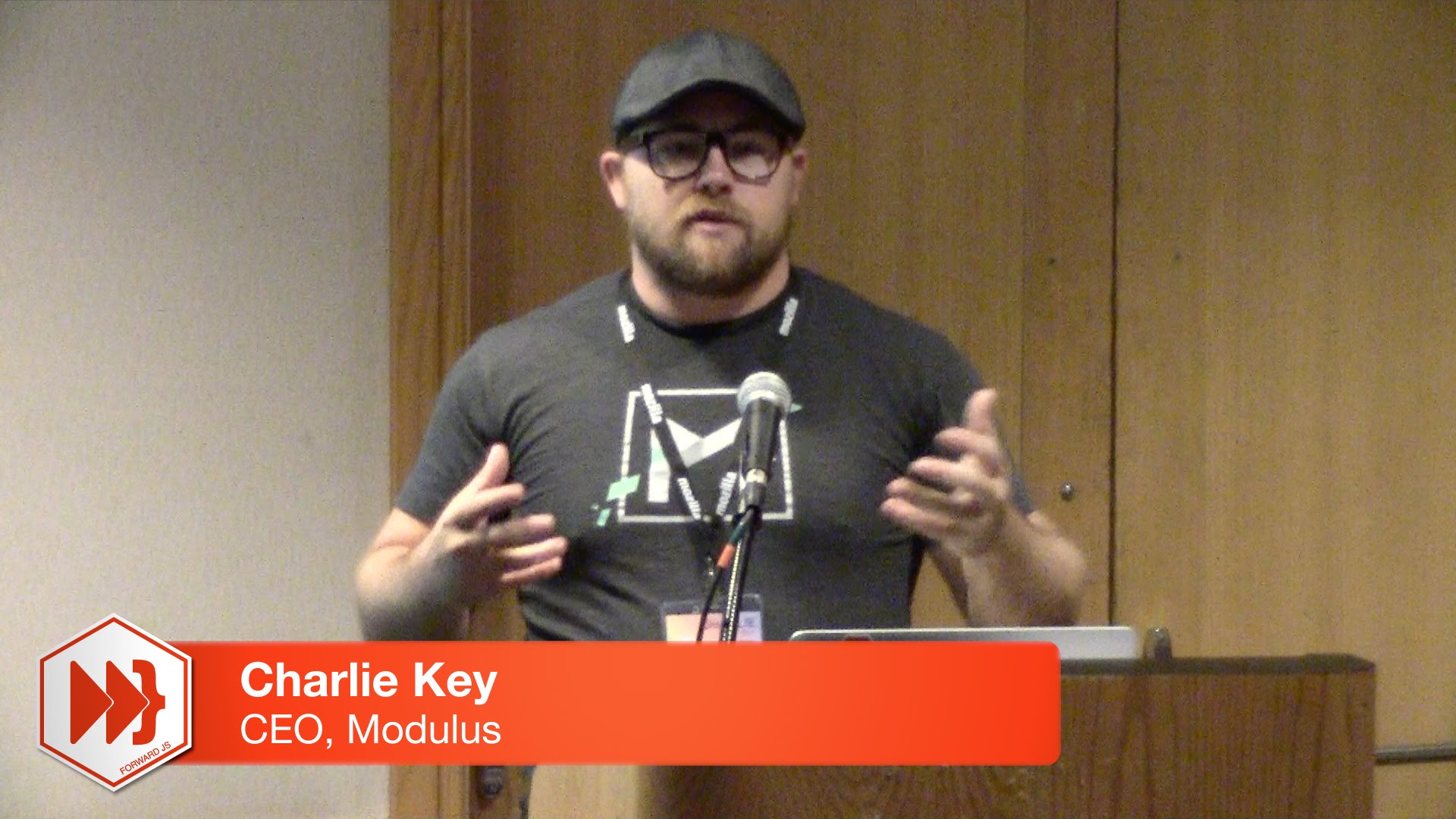


Node.js comes with both HTTP and HTTPS modules in the standard library. Let’s get started with the native HTTP(S) option that comes baked in with Node.js as our first example. Node.js has built-in modules to perform many HTTP(S)-related actions, one of which is the ability to make HTTP calls. We will walk through five options to make the GET HTTP call to the placeholder API. Client options for HTTP requests in Node.js The first example is callback-based, the next two are promise-based, and the last two use async/await. You can see all the code examples collected in this open-source repository on GitHub. We will print out each user’s name and user ID.Īll the code will be laid out as a separate pull request. We will make an example GET request with all the HTTP client options by calling data from the JSONPlaceholder mock API. You are familiar with callbacks, promises, and async/awaitīasic things, but good to get them checked before proceeding any further 🙂 The example we will use.You can run the JavaScript files with node on your command line to see example output.You are familiar with npm commands like npm init, and you are able to install npm packages with npm install -save to a project.All the examples will be run using Node.js 14.x, the active LTS You should have Node.js running on your machine ( maybe as a Docker container).Before we dive into the description and code, below are some prerequisites you’ll need to get your hands dirty with some Node.js code, which involves calling a remote mock JSON API:


 0 kommentar(er)
0 kommentar(er)
